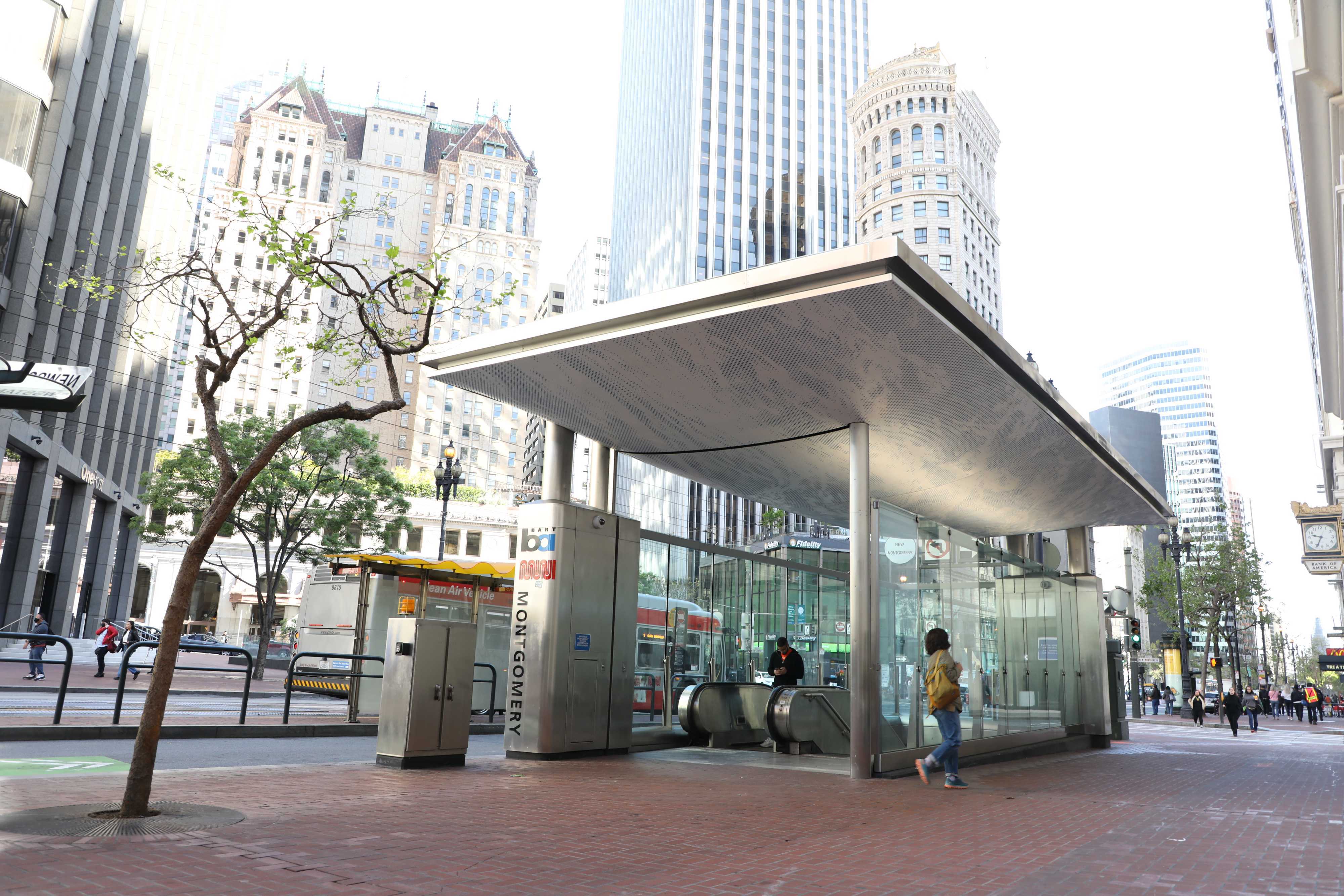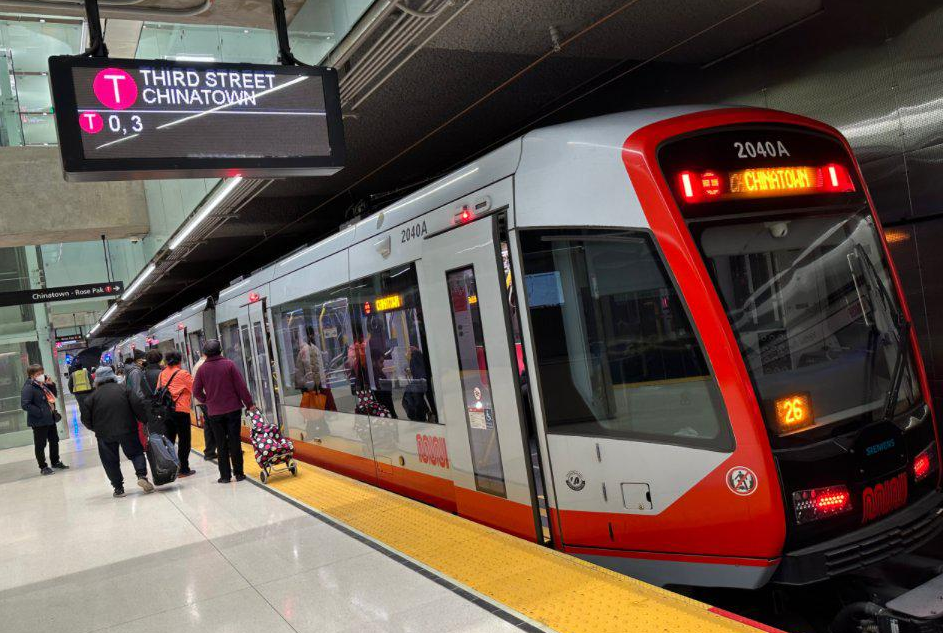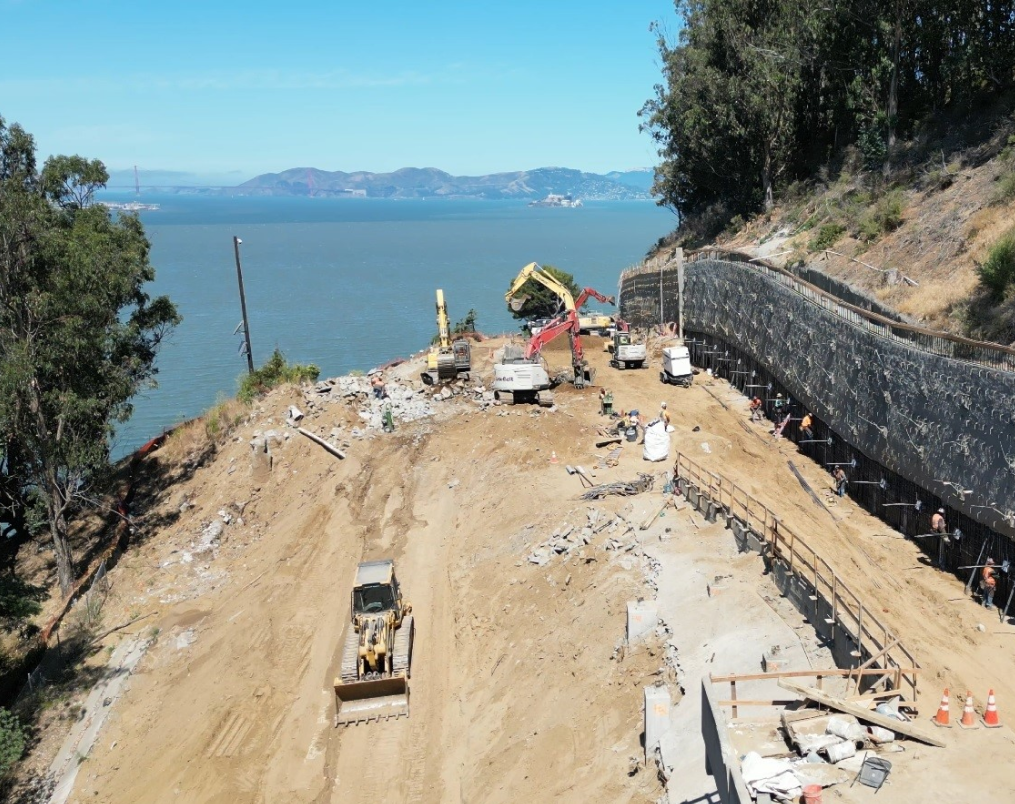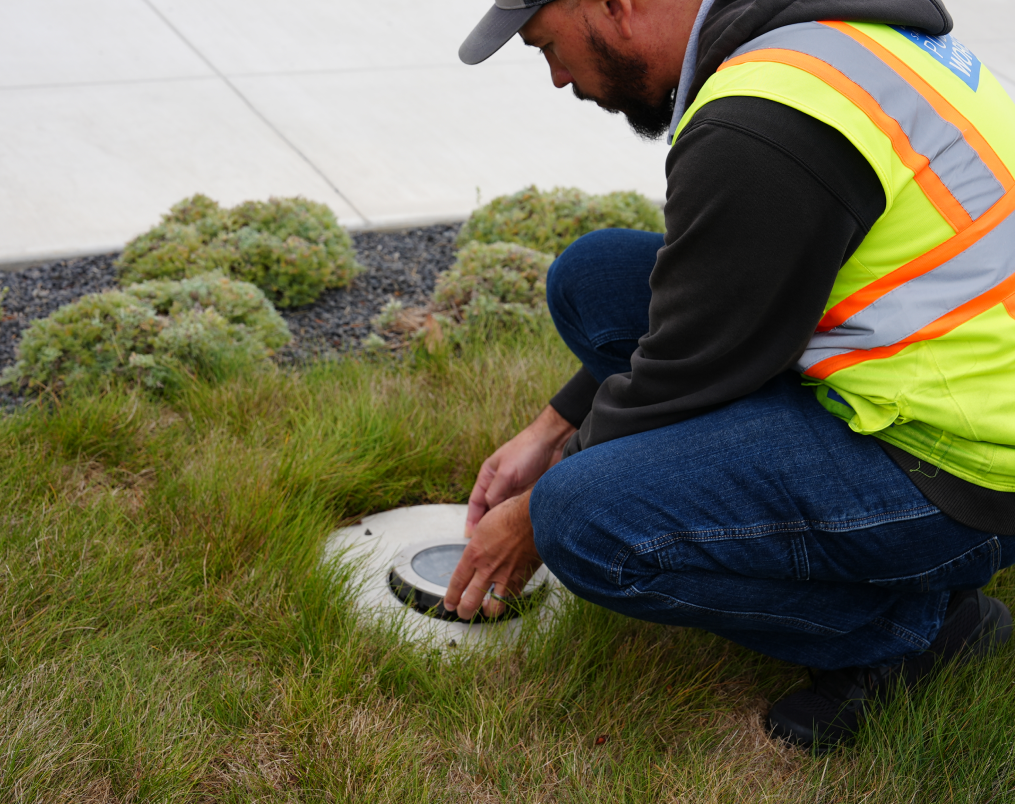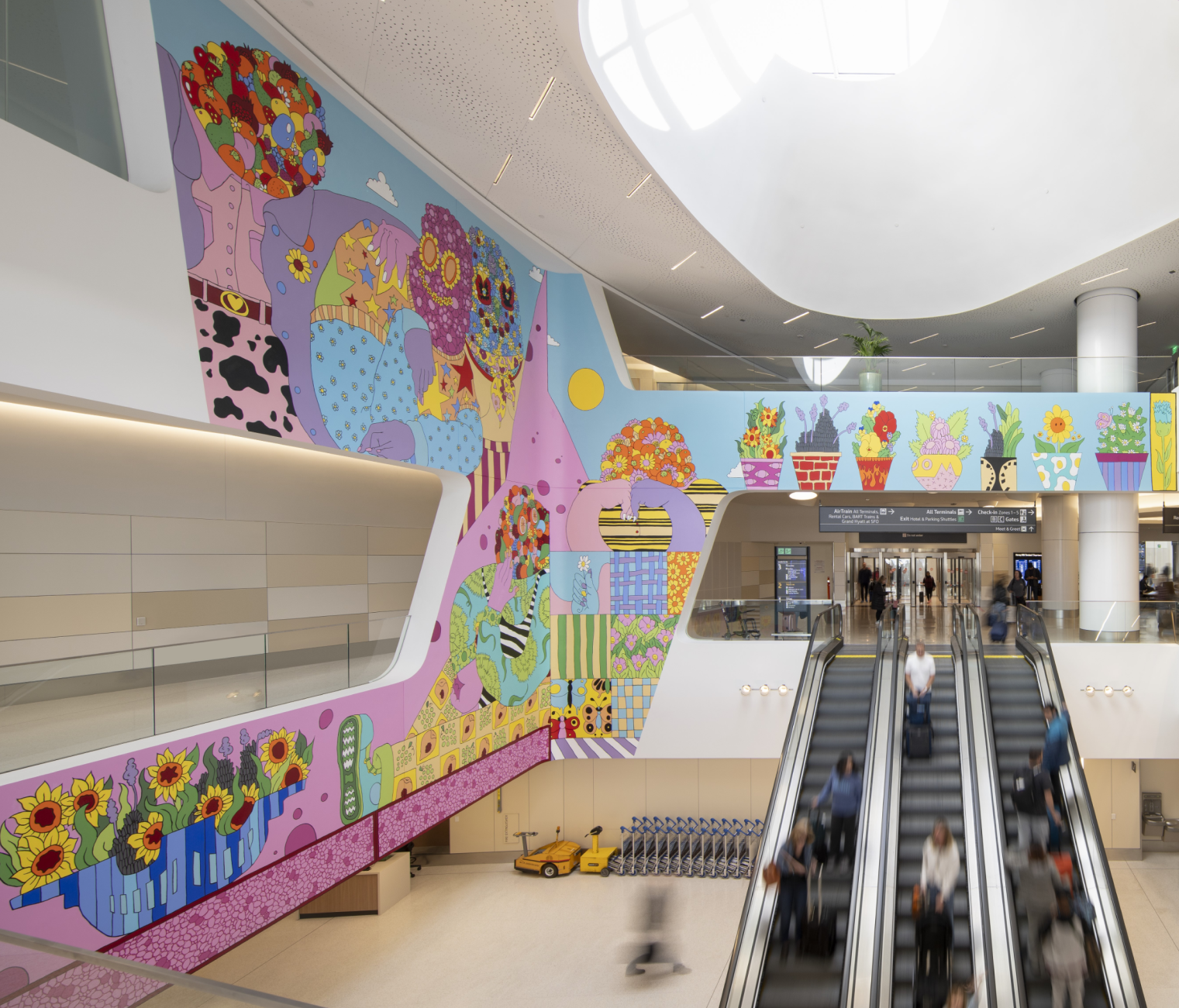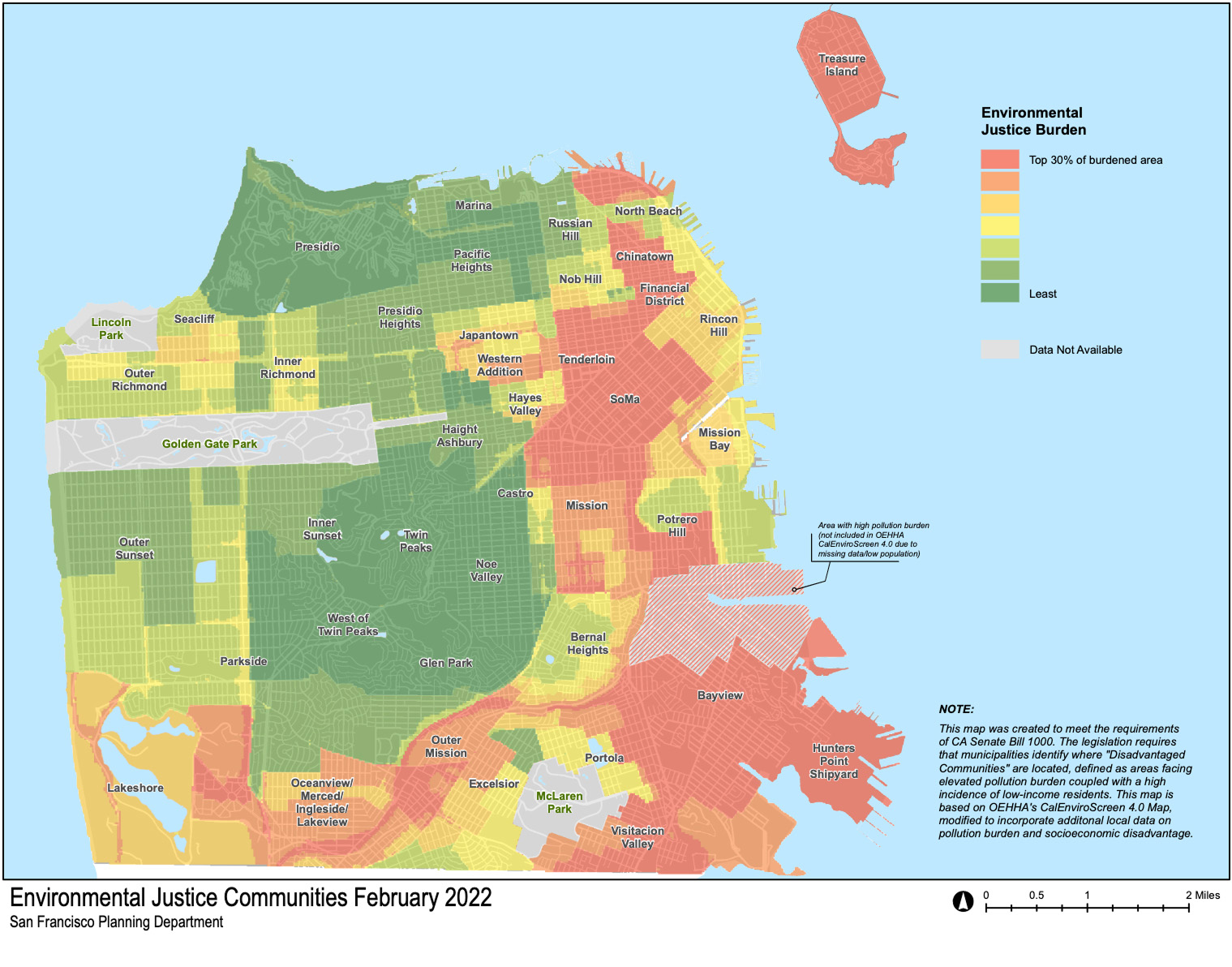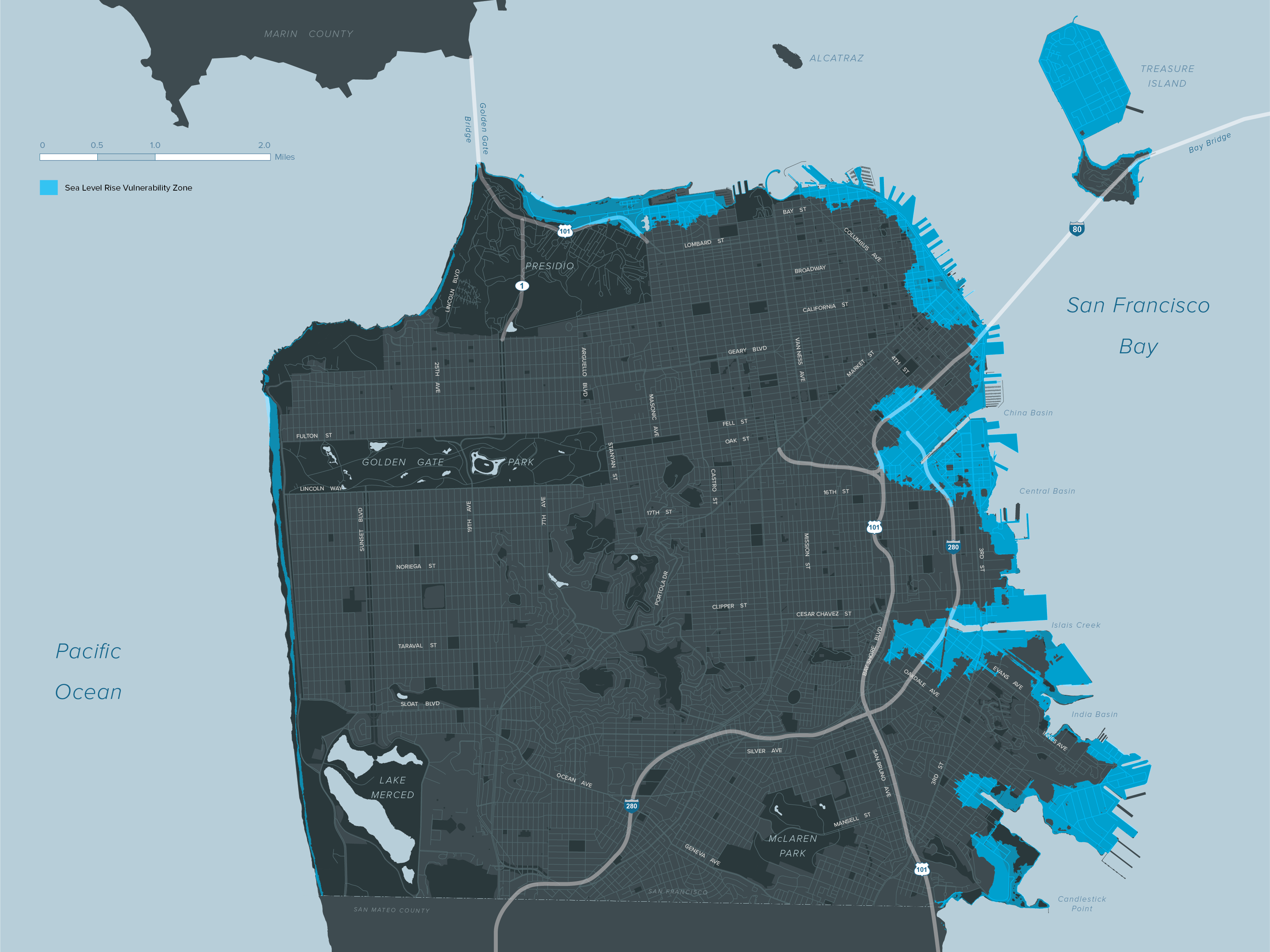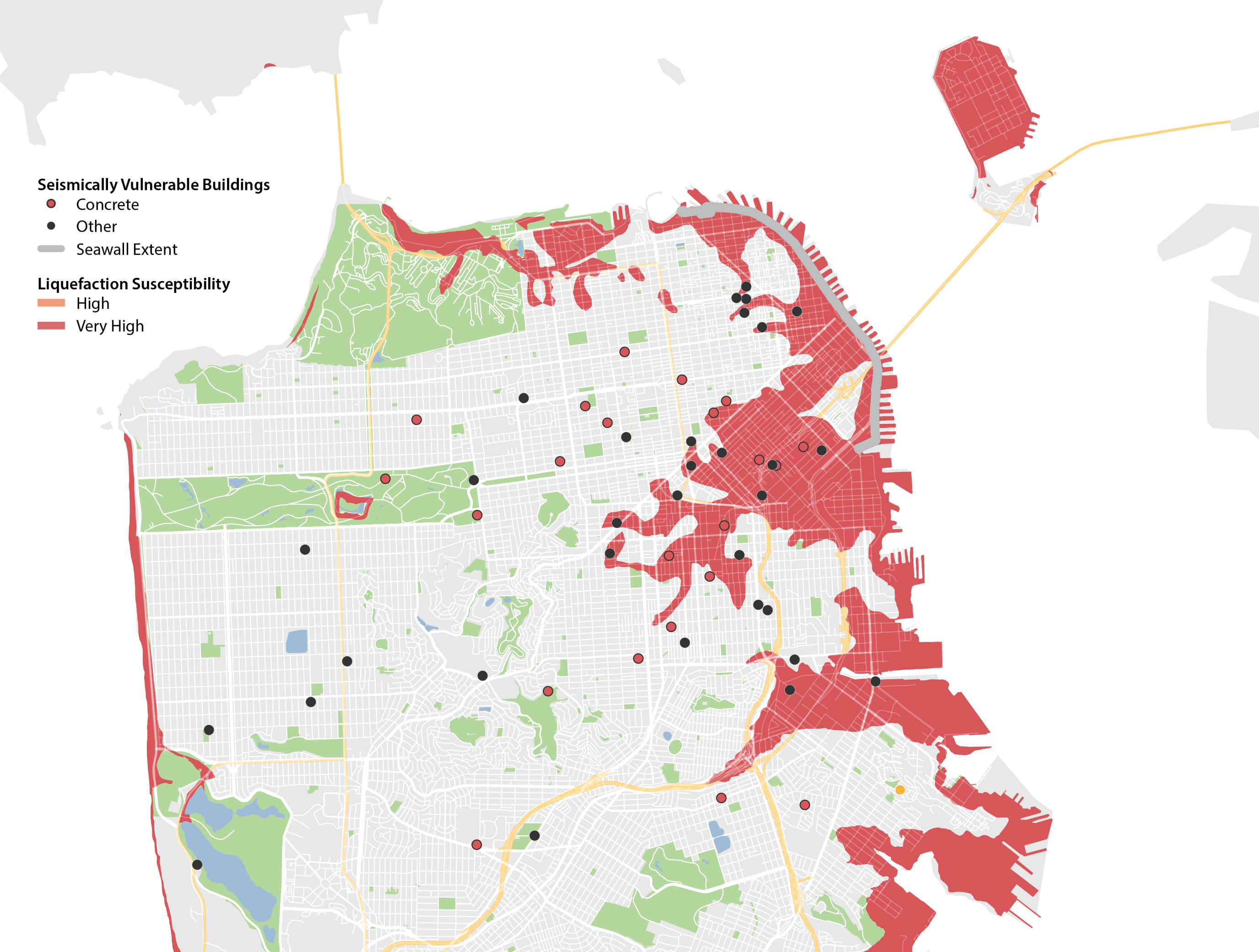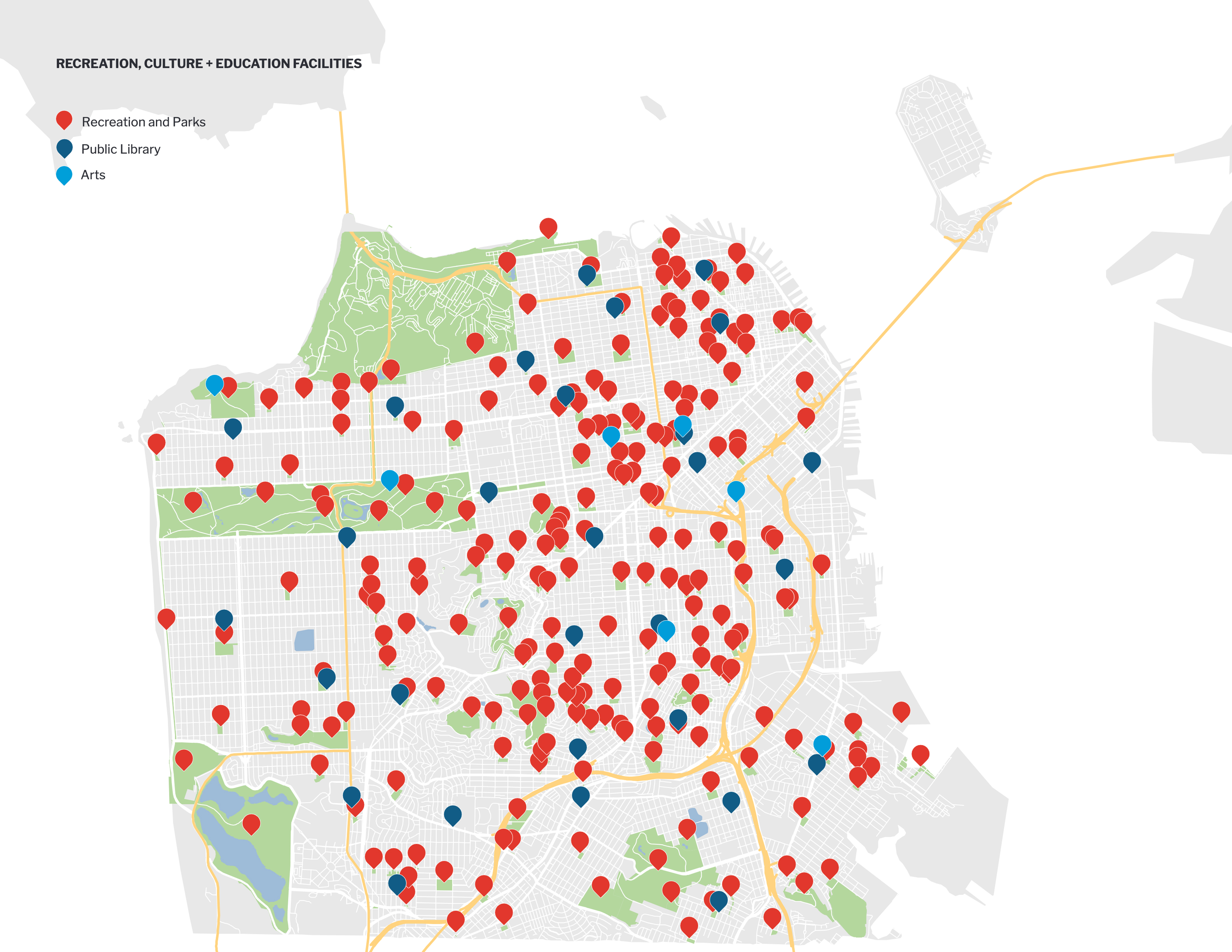2026 - Transportation: Emerging Projects
|
Project Name |
Description |
|---|---|
| SFMTA – Muni Metro Modernization |
Muni Metro Modernization is a comprehensive long-term strategy for expanding the capacity of the Muni Metro system. Muni Metro Modernization aims to replace aging infrastructure and enable a longer train in high demand/growth areas, such as West Portal-San Francisco State University (SFSU) and Judah corridor. Modernization would also support more frequent and reliable service systemwide. This program also includes the Muni Core Capacity Study, which will propose a future scenario and identify a sequential program of infrastructure projects to achieve that scenario. The study will also develop a more specific infrastructure project concept along the surface between West Portal and SFSU. The Muni Metro Community Working Group began meeting in 2023 to inform a comprehensive long-term strategy for expanding the capacity of the Muni Metro system over the coming decades. |
| SFMTA – Presidio Yard Modernization |
The Presidio Division Yard facility is over 100 years old and needs to be replaced. The modernization project aims to provide safer and healthier working conditions to support a reliable and efficient transportation system. The three-level structured bus facility will house a modern bus operations and maintenance facility and Muni’s historic buses. The facility will also be home to the SFMTA Peer Assistance Program and a Department of Public Works street cleaning unit. The new facility will also be equipped with charging infrastructure to support Muni’s transition to battery-electric buses. Staff is exploring joint development for this facility. |
| SFMTA – Fleet and Facility Electrification |
The SFMTA has committed to transitioning to a 100% zero-emission fleet by 2040. This transition requires a balance of project delivery and efficient sequencing of facility transition to allow the SFMTA to begin multi-year procurements of a new bus fleet. SFMTA's Zero-Emission Rollout Plan includes an approach to facility and infrastructure conversion that would enable a full transition by 2040. The SFMTA is currently conducting a pilot with 15 battery electric buses (BEBs), three each from five manufacturers, to assess their performance, reliability, comfort, and maintainability in San Francisco's operating environment which will inform SFMTA’s future procurement strategy. Upgrading facility infrastructure at all six SFMTA bus facilities is required in advance of fleet procurement to successfully operate a BEB fleet. Therefore, the achievement of the schedule depends on an organized and phased approach to infrastructure and facility upgrades and on-time delivery of additional electrical supply by our utility partners. This conversion also requires off-site improvements to the SFMTA power supply to accommodate this transition. The program includes the one-time incremental cost of replacing the current biodiesel fleet with BEB technology. |
| SFMTA – Traffic Signal State of Good Repair |
Replacing aged traffic signal infrastructure to improve safety and visibility at intersections for people walking remains underfunded. Improvements include: larger signals and mast arms to enhance signal visibility for people driving, walking, and biking; signs to alert people driving of turn restrictions; walk-sign countdown signals, which display the number of seconds remaining to cross the street along with the WALK sign; accessible signals for people walking, which use audible and tactile means to communicate when it is safe to cross the street for people who are visually impaired. The SFMTA completed a condition assessment report of its signal infrastructure as part of its Asset Management Program. |
|
SFMTA – Transformative Streetscape Projects |
SFMTA has recently broken ground, advertised for construction, or is finalizing design on a series of major streetscape capital projects that will transform key transportation corridors in San Francisco into safer and more inviting places to walk, bike, shop, and take transit. These projects include the Folsom Streetscape Project, which recently initiated construction to improve safety on a high injury corridor, reduce greenhouse gas emissions, support the city’s transformative vision for SoMa as a regional hub, and improve mobility for visitors and residents, including low-income populations who depend most upon riding transit, walking, and bicycling. Likewise, the 13th Street Safety Project is now advertised and seeks contractor bids for construction, while the Embarcadero Enhancement Project and Howard Streetscape Project are in various stages of design. Additionally, the SFMTA is planning for the future of the multimodal network by advancing comprehensive and community-based planning projects such as the Bike and Rolling Plan, which is a 2-year planning process to develop a new plan for active mobility in San Francisco. The new plan will guide SFMTA future investments in the biking and rolling network, support facilities, programs, and policies for the next 10-15 years. This new planning effort includes all devices that can legally use the biking and rolling network and elevates the voices and needs of equity priority communities. |
|
SFO – Airport Development Plan |
SFO completed a recommended Airport Development Plan (ADP) in September 2016. The recommended ADP defines a series of recommended projects that would accommodate potential growth up to approximately 71.1 million annual passengers, serve as a roadmap to guide long-term Airport development, and support the Airport’s strategic objectives. Recommended ADP projects include a new boarding area with swing gates, replacement of the Central Garage, and expansion of the International Terminal. The recommended ADP is currently undergoing required environmental review which began in July 2017. The recommended ADP capital projects can be added to future versions of the CIP to address traffic growth and other factors. |
|
SFO – Sea Level Rise and Flooding |
The Airport is adjacent to the San Francisco Bay, which, in turn, opens onto the Pacific Ocean. The Airport has constructed various types of seawalls since the 1980s. Currently, more than six of the eight miles of shoreline are protected by engineered earthen berms, concrete seawalls, and vinyl sheet piles. However, there are gaps of variable lengths along the shoreline that may allow water to enter the airfield and the Airport, as well as occasional wave overtopping of some flood protection structures. A report released by the San Francisco Bay Conservation and Development Commission in 2011 suggested that 72% of the Airport would be at risk from a 16-inch sea level rise. Close to half of the Airport’s existing perimeter shoreline meets FEMA 100-year flood standards; however, a study conducted by the Airport identified deficiencies in the Airport’s shoreline protection system primarily in the more vulnerable portions of the system, such as near the Airport’s Wastewater Treatment Plant, and along the reach owned by the federal government and operating as a U.S. Coast Guard facility. The Airport’s Shoreline Protection Program was estimated to cost $587 million (in 2018 dollars) per the Airport’s Shoreline Protection Project Fiscal Feasibility Study conducted in 2019. The Airport’s current CIP includes only $60 million budgeted to focus on the environmental review and permitting process for the Shoreline Protection Program as well as coordination with adjacent neighbors such as San Bruno, South San Francisco, Millbrae, Burlingame, San Mateo County, and the California Department of Transportation. The Shoreline Protection Program completed the CEQA process on June 1, 2023; however, the NEPA and permitting process remain ongoing and are expected to be complete by early 2027. Once complete, the Airport will then be able determine the full cost of this Shoreline Protection Program and when to begin construction. |
|
SFCTA – I-280 Off-Ramp Safety Projects at Balboa Park |
The I-280 Off-ramp Safety Project was recommended from the Balboa Park Station Area Circulation Study, adopted by the SFCTA in June 2014. It includes changes to the I-280 southbound off-ramp at Ocean Avenue and I-280 north-bound off ramp at Geneva Avenue. The existing I-280 southbound off-ramp at Ocean Avenue has limited sight distance for vehicles exiting the off-ramp at high speed which can lead to pedestrian and bicycle crossing conflicts. The project will realign the off-ramp from a free-flow right turn into a T-intersection for safety purposes. It will also widen the off-ramp to two lanes and install a retaining wall. The existing I-280 northbound off-ramp at Geneva Avenue has chronic traffic queues that spill back onto I-280, resulting in collisions. The project will pursue traffic signal upgrades, pedestrian and lighting improvements and a further study of freeway queue spillback solutions with Caltrans. The rough order of magnitude estimate for planning, design, and implementation is up to $32 million for the southbound ramp and $3 million for the northbound off-ramp. The southbound off-ramp project received Caltrans project approval in 2021 and final design started in late 2022. The northbound off-ramp project completed a feasibility study in 2023. |
|
BART – Emerging Projects |
Significant capital needs, especially in traction power and maintenance facilities, exceed existing and forecast funding opportunities. Investments in these areas are needed to ensure sustainable, reliable service, attract riders back to BART and deliver on the State’s ambitious greenhouse gas emissions reduction goals. Over the coming fiscal year, BART will be working to collaborate with MTC and operators across the State and nationally to develop an advocacy strategy for new sources of transit funding to address these critical needs. BART also continues to work with regional and county transportation authorities to fund key BART capital investments, such as the Core Capacity Program, Elevator Modernization and Next Generation Fare Gates. Such advocacy efforts focus on existing and future county transportation sales tax measures and other regional and county-controlled funding sources. |
|
Caltrain – San Francisco Railyard Redevelopment |
The redevelopment of the San Francisco Railyards site into a regional transit center will include a new rail station, housing, offices, and public spaces. The redevelopment will accommodate increased Caltrain service, facilitate future Caltrain and high-speed rail operations, generate additional ridership, and support connections to high-speed rail, the Portal, SFMTA Central Subway, and other SFMTA transit lines. This is in partnership with Prologis and the City of San Francisco. The cost of the planning phase is estimated to $6.1M. |

